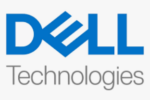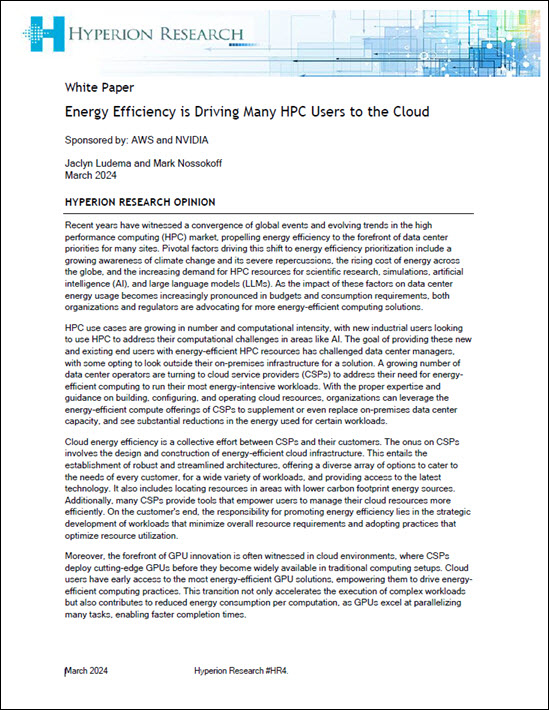Lawrence Berkeley National Laboratory has announced that national lab and university researchers recently released two papers introducing new methods of data storage and analysis to make quantum computing more practical and exploring how visualization helps in understanding quantum computing. “This work represents significant strides in understanding and harnessing current quantum devices for data encoding, processing, and visualization,” […]
NVIDIA Reveals Eos Supercomputer: 4,600 H100 GPUs for 18 AI Exaflops
NVIDIA Thursday released a video that offers the first public look at Eos (pictured here), a monster 18.4 exaflops FP8 AI supercomputer powered by 576 DGX H100 systems… NVIDIA said Eos would be ranked no. 9 on the TOP500 list of the world’s fastest supercomputers, according….
Intel Launches Intel Agilex 7 FPGAs
March 6, 2023 — Intel has launched new FPGAs, the Agilex 7 FPGAs with F-Tile, equipped with what the company said are the fastest FPGA transceivers on the market. Designed to address bandwidth-intensive environments such asdata centers and high-speed networks, the FPGAs deliver up to 116 gigabits per second (Gbps) and hardened 400 gigabit Ethernet […]
ClearML Certified to Run NVIDIA AI Enterprise Software Suite
Tel Aviv — March 7, 2023 – ClearML, an open-source MLOps platform, today announced it has been certified to run NVIDIA AI Enterprise, an end-to-end platform for building accelerated production AI. ClearML said the certification makes its MLOps platform more efficient across workflows, enabling optimization of NVIDIA GPUs. It also ensures that ClearML is compatible with and optimized for NVIDIA DGX […]
NVIDIA Announces Market Adoption of H100 GPUs and Quantum-2 Infiniband, including by Microsoft Azure
SC22, Dallas — NVIDIA today announced broad adoption of its next-generation H100 Tensor Core GPUs and Quantum-2 InfiniBand, including new offerings on Microsoft Azure cloud and more than 50 new partner systems for accelerating scientific discovery. NVIDIA partners described the new offerings at SC22, where the company released updates to its cuQuantum, CUDA and BlueField DOCA acceleration libraries, […]












